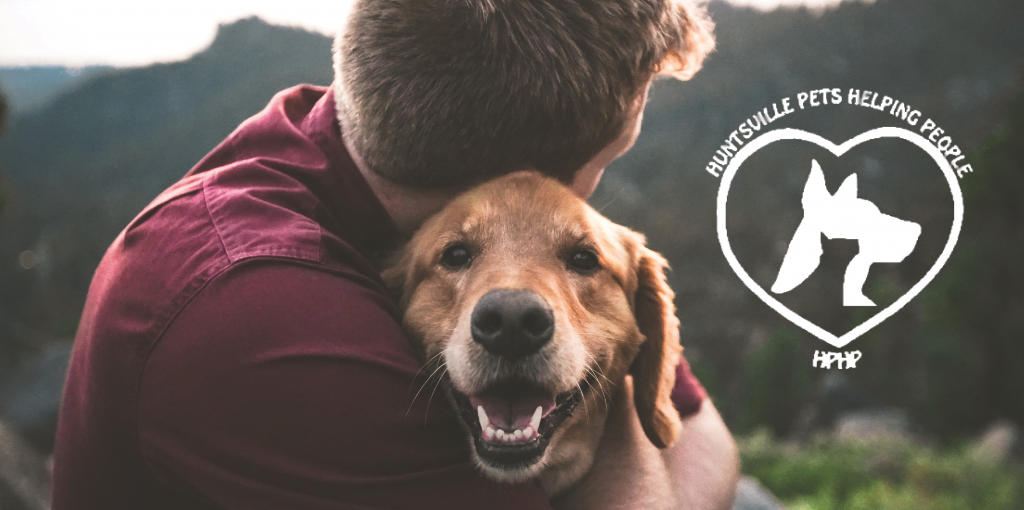Pets Helping People: Socializing Luna
If you are a dog owner, you probably have heard that dogs need socialization. What does that mean and how does it apply to your dog? Simply put, socialization is the process of exposing a dog a variety of people, animals, places, sights, and experiences. Dogs who are not well socialized often fear the unknown. The goal is to end up with a dog who is confident and who can calmly handle changes in their environment. Most sources stresses the importance of socializing your puppy during the key window of opportunity which is from birth to between 14 and 16 weeks of age. A puppy learns about the world around them from the mother dog, their littermates and any people they meet. Once in their forever home, they meet new people and experience new things. By the time they are 16 weeks old, most pups have formed their viewpoint of the world and decided what is safe and what is frightening and should be avoided. After 16 weeks, dogs continue to learn but it may be more difficult to change their world view.
Puppies should be exposed to a many things a little bit at a time. They should meet a variety of people: children, teens, adults and seniors, men and women, people who wear hats and those who use canes, walkers or wheelchairs. They need to be introduced to all other animals in the household, neighbor animals, and a dog friendly cat, if possible. They need to experience things such as mops and brooms, open umbrellas, step stools, sprinklers and rain. They need to experience noisy things: vacuum cleaners, garbage trucks, alarm clocks, washing machines, hair dryers, door bells and lawn mowers. Things that move may be a frightening for a puppy so they need to learn about running children, moving bicycles, strollers, vehicles passing by and rides in the car. They should feel different types of flooring including wood planks, carpet, rubber mats, concrete and tile under their paws. It is surprising how many dogs are not comfortable with steps, mostly because they were not taught how to use them. In Huntsville, you can take your dog to the court house or the university to practice using the exterior steps. They should have the opportunity to visit places beside the veterinarian’s office such as a friend’s homes, dog friendly stores such as Petco, Petsmart and Tractor Supply, the groomer’s shop, parks, and lakes or beaches. Use your imagination and you can come up with more things and experiences for your puppy the experience.
Ideally, people should adopt puppies when they are 8 – 12 weeks old so that they can continue socializing them during the key period up to four months old but that is not always possible. What do you do if the dog is already an adolescent or an adult and their view of the world is already set when you bring them home? You start socializing them as soon as they arrive in the household. An older dog may never be completely comfortable with some things so you may need to manage your expectations for them. For example, a shy dog never will become a social butterfly and love all people but they can become more comfortable around strangers.
When introducing a dog to new things be careful not to overwhelm them with lots of things at one time. Instead, pick one thing to introduce now and save the other things for another day. The point is to avoid causing them to become anxious or fearful over many changes at once. New experiences need to be presented calmly, in a positive manner with lots of good treats, and over a period of time that is comfortable for your individual dog so that the pup has time to absorb each new experience.
Say you want to teach your dog how to calmly ride in a car. Break the process into small steps. First, take the dog to the car and walk them around it. If they are ok with that, open a door. If they are still comfortable, have them hop in or sit on the seat for a few seconds with the door open. Then, have the dog exit the car. Next time, repeat those steps and increase the time in the car to a minute or two. The next step could be to close the door for a few seconds. Another step might be to put the dog in a crate or carrier or attach them to the seatbelt depending on how they will travel in the car in the future. As the dog becomes comfortable in the still car, start the car without moving it. After they accept the car’s vibration and noise, drive the car to the end of the driveway and eventually drive around the block. Over time, driving distances may be increased if the dog is still comfortable in the car. At any point that the dog becomes stressed with the process, back up a few steps and slowly work back to where they became uncomfortable. Some dogs will work through all the steps in a day or two while other dogs may need several weeks to adjust. A few dogs may never feel very comfortable riding in a car but they should learn to calmly tolerate occasional short rides.
Socializing a dog to be at ease with a variety of people and things is important for every dog’s comfort and understanding of their surroundings. The first four months of a puppy’s life is ideal time to socialize them. However, older dogs may need socializing too. An older dog may be more challenging to work with and take more time to accept changes but improvements can be made so that they can be more confident and feel safe in their daily life.
